College.
With early action application deadlines quickly approaching, it’s safe to say that college is a pressing thought on many senior students’ minds. Years of preparation — career quizzes, building resumes, writing essays — have all led to this point. Now, they must face a crucial crossroad in their lives: deciding which institution to attend.
Since the 1950s, college enrollment has been on the rise. Greater population size and the automation of application systems have been important contributing factors to this. However, within the last five years, this influx of students seems to be taking a downward trend, with 1.4 million fewer enrolled students throughout the COVID-19 pandemic. This begs the question: Is a college education as useful as we’ve believed?
College attendance is pushed heavily on students through inadvertent methods. Mandatory informative seminars and pressure to enroll in AP classes lead students to a false belief that enrolling in a university is the only viable option following high school. However, this couldn’t be further from the truth. Students have many post-secondary options, but these options are less frequently advertised due to the overarching stronghold college has on discussions about students’ futures. Therefore, we must encourage widespread acknowledgment of and assistance in pursuing alternate career paths for students.
The national focus on increasing college enrollment numbers has been rekindled by programs like the American Graduation Initiative. First proposed in 2009 by former president Barack Obama, the initiative planned to strengthen community colleges and “help an additional five million Americans earn degrees and certificates in the next decade.” These programs have increased college enrollment, but they fail to mention consistently high dropout rates. Between the fall semesters of 2019 and 2020, 24.1% of full-time college freshmen left their choice university.
High dropout statistics can result from several causes: financial, emotional and career-based — not all 24.1% of previous students suffered solely from being uninformed when making their decision. But, looking at a survey by Intelligent, 24% of students not returning to college cite their reasoning as, “higher education isn’t for me.” These students enter universities planning to pursue degrees to waste their money and time, to recognize that a different, more suitable career path stood ahead of them the entire time. Situations like these can be easily avoided by educating students holistically on their options.
Currently, Parkway School District notes that 88% of graduates go on to college or another post-secondary institution, like trade and vocational schools. How many of these students haven’t been fully educated on their options? Theoretically, university dropout statistics suggest that at least 872 previous Parkway students would not feel comfortable continuing higher education, preferring to pursue a different path to success not originally promoted in schools.
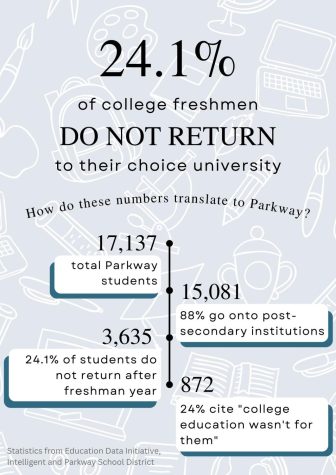
While one’s level of comfort in a career path is important, making that path financially feasible runs parallel in necessity. The cost of tuition is rising, and fewer students and families are willing to dedicate thousands of dollars to pursue higher education.
Our school has taken strides to help students lessen costs by promoting scholarships and contests. However, less assistance is seen for students planning to pursue alternative paths. The counseling department releases the HUB newsletter weekly, informing students of college events, scholarships and the visits it facilitates. Rarely does the newsletter include information regarding alternative paths such as vocational schools or military enlistment, yet another example of college taking priority over other post-secondary institutions.
So, what can we do to shift the narrative? We can promote educational opportunities for alternative, non-college paths in high school. The further we educate students, the greater the chance they find the right fit for themselves — a fit that might not be a college education.
Non-college career paths appeal to students for several reasons, one of which is the immediate results. Vocational and trade schools typically only last one to two years, have less expensive tuition and work alongside apprenticeships — paid training in a particular trade. This is similarly seen in military recruits and students directly pursuing careers. Many careers requiring a college degree are jobs with low starting salaries. Only after years of education would students who attended college begin to work towards the income employed students make, not to mention the loans their income would then be dedicated to.
In Parkway, choice programs such as South Technical High School (South Tech) already offer an introduction to certain skilled trades such as carpentry, electrical and automotive work, and military recruiters may speak with prospective recruits; however, these options are often set aside, lost to the importance schools place on college. Therefore, we should make an effort to publicize the benefits of going into trades, the military and directly into work, as well as the necessary steps to follow those paths and their prospective outcomes.
While it may be initially difficult to adjust, offering similar informative classes and guest speakers would be a breakthrough advancement for schools. Preparing resume-building classes alongside college essay writing advice. Welcoming union workers alongside college representatives. Including more information about alternate options alongside college preparations. We need to begin teaching students about their options starting from freshman year so that they have ample time to consider each opportunity and make an appropriate decision.
Not everyone thrives from a college education; it would be irresponsible to ignore this fact. Right now, with yearly meetings and class presentations on steps toward college, students are not given the full picture of their options. We understand that the current model appeals to most students planning to attend college, but widening the sphere of career discussions could help students discover non-college paths that appeal to them more.
Four years from now, will students continue to face the same social pressures to enroll in college? Hopefully, with a broadened view of their options and equal opportunities in pursuing them, there will no longer be the question of whether a decision is encouraged by marketing or true motivation.

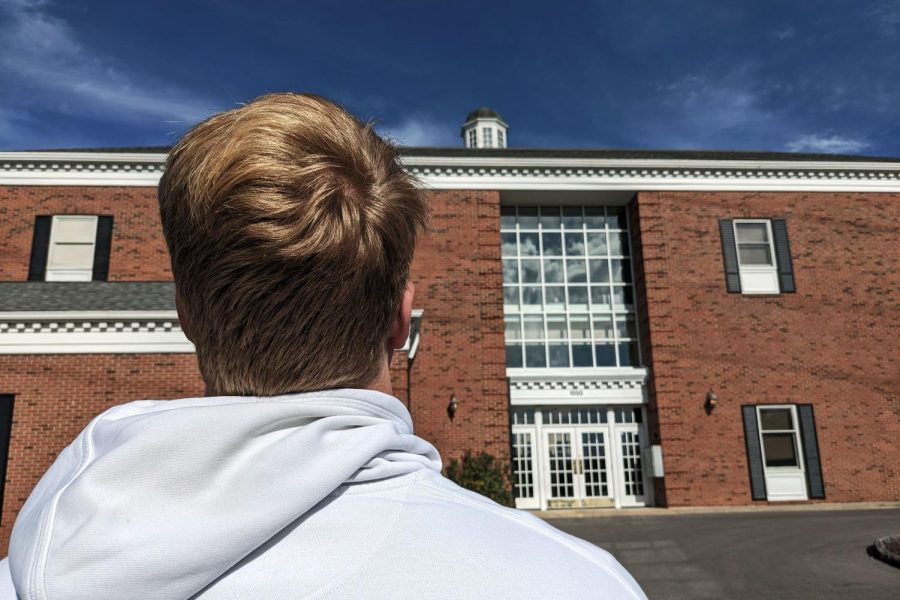
![Leaning on the podium, superintendent Melissa Schneider speaks to Parkway journalism students during a press conference. Schneider joined Parkway in July after working in the Thompson School District in Colorado. “My plan [to bond with students] is to get things on my calendar as much as possible. For example, being in [classes] is very special to me. I am trying to be opportunistic [meeting] kids [and] being in [the school] buildings. I have all the sports schedules and the fine arts schedules on my calendar, so that when I'm available, I can get to them,” Schneider said.](https://pwestpathfinder.com/wp-content/uploads/2025/09/IMG_5425-1200x943.jpeg)

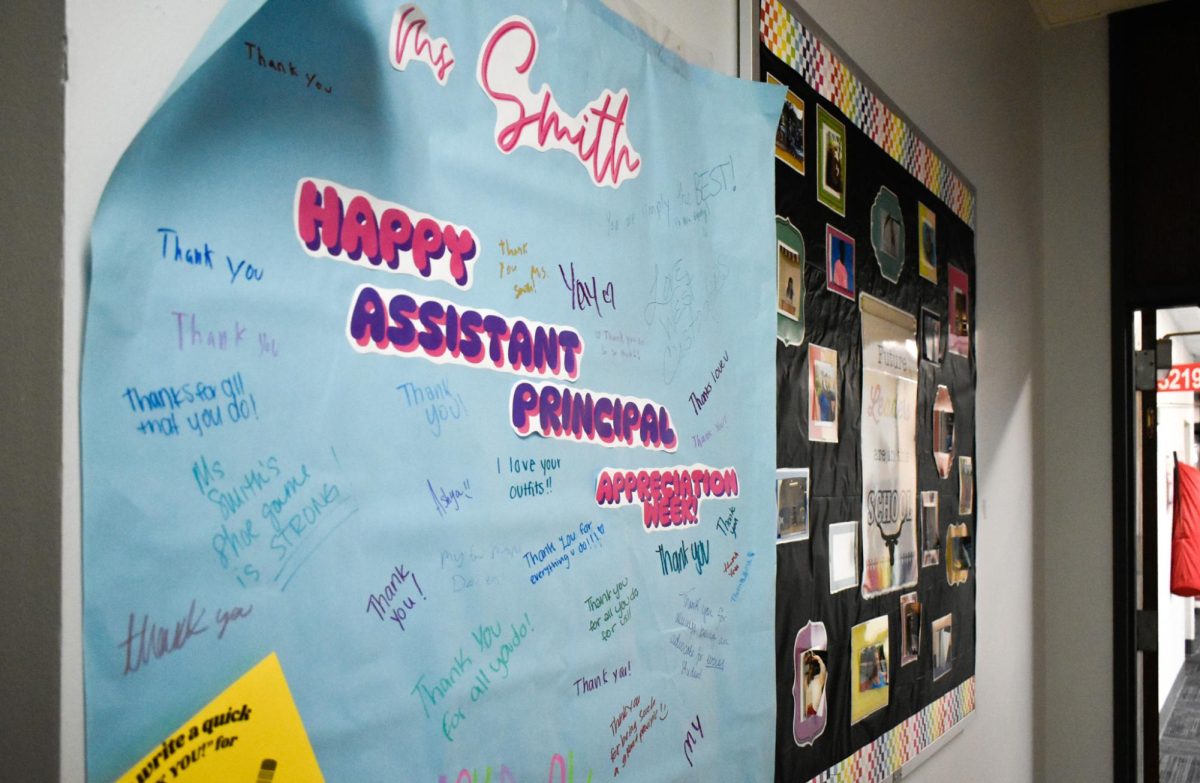
![Red, white and blue, the American flag holds the values of our democracy. The fight that we once endured has returned, as student journalists and senior correspondents across the country are losing their voices due to government control. “[Are] the White House and [the] government limiting free speech [and] freedom of the press? Yes [they are],” chief communications officer of the Parkway School District and former journalist Elisa Tomich said.](https://pwestpathfinder.com/wp-content/uploads/2025/03/Untitled-design-14.jpg)
![A board in the Parkway West counseling department displays pennants of selective universities. With a wide range of students interested in attending, it’s important that these schools have clear priorities when deciding who to admit. “[Washington University] had the major that I wanted, psychology, philosophy, neuroscience. That's a holistic study of the brain, and [WashU is] the only college in the world that offers that. That's the main reason I wanted to go; I got into that program,” senior Dima Layth said.](https://pwestpathfinder.com/wp-content/uploads/2025/02/Flag-1.png)
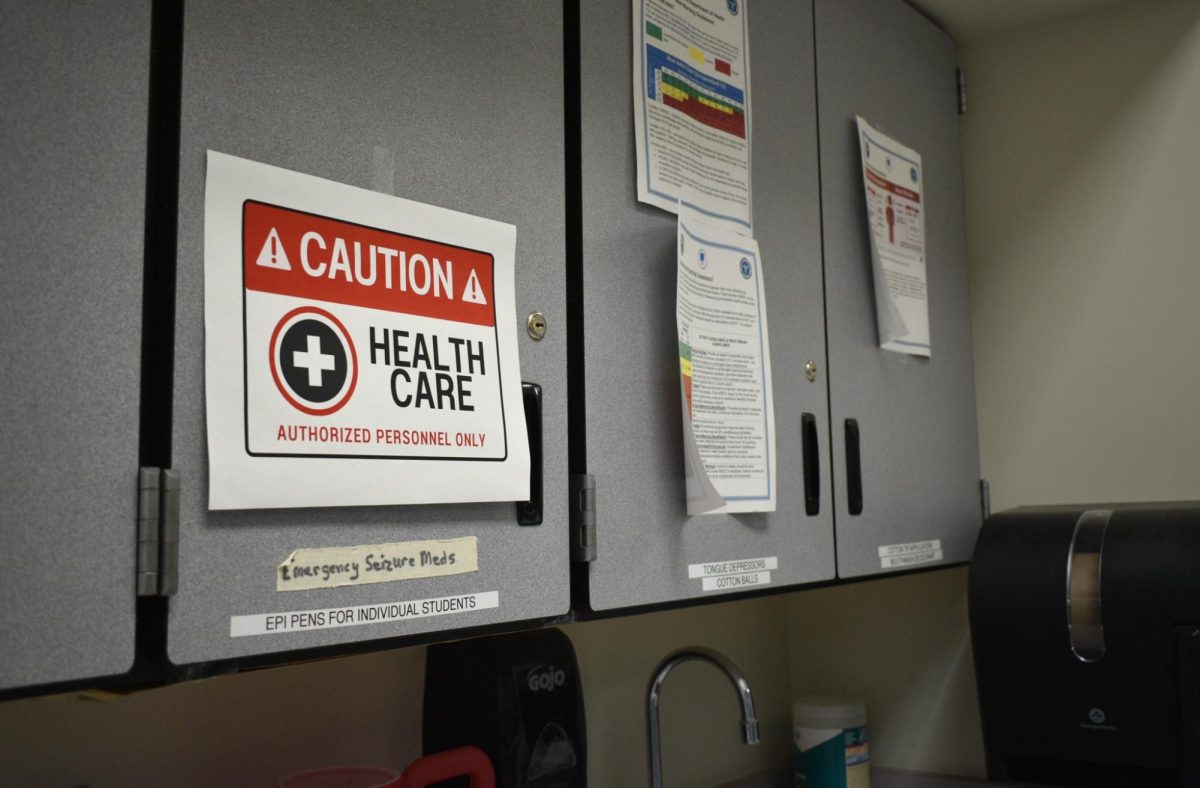
![Within the U.S., the busiest shopping period of the year is Cyber Week, the time from Thanksgiving through Black Friday and Cyber Monday. This year, shoppers spent $13.3 billion on Cyber Monday, which is a 7.3% year-over-year increase from 2023. “When I was younger, I would always be out with my mom getting Christmas gifts or just shopping in general. Now, as she has gotten older, I've noticed [that almost] every day, I'll open the front door and there's three packages that my mom has ordered. Part of that is she just doesn't always have the time to go to a store for 30 minutes to an hour, but the other part is when she gets bored, she has easy access to [shopping],” junior Grace Garetson said.](https://pwestpathfinder.com/wp-content/uploads/2024/12/DSC_0249.JPG-1200x801.jpg)
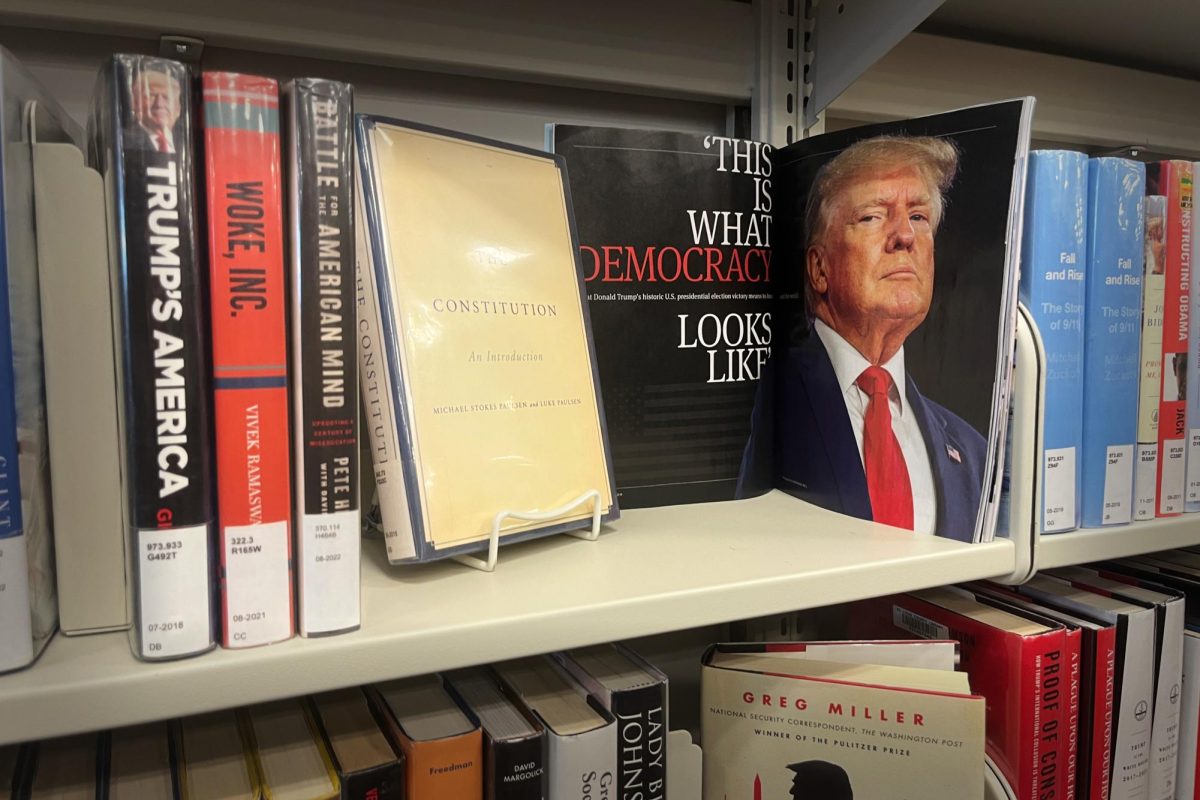
![Senior Sally Peters stands in the history hallway, contemplating her choices in the 2024 United States and Missouri elections on Nov. 5. As a member of Diplomacy Club, Peters has discussed key candidates and issues in contemporary American politics. “[As students], we're starting to become adults. We're realizing how much the policies that are enforced and the laws that make it through the House and Senate are starting to affect us. [Opportunities such as] AP [U.S.Government] and Diplomacy Club [make elections feel] a lot more real,” Diplomacy Club vice president and senior Nidhisha Pejathaya said.](https://pwestpathfinder.com/wp-content/uploads/2024/10/Flag-1-1.png)
![Mounting school pressure can leave many students overworked and overstressed. Schools must give students the necessary resources to help assuage student mental health issues and prevent the development of serious crises. “The biggest thing [schools] can do [to protect student mental health] is offer more time [to do work], like a study hall, or offer more support from teachers so that students don't feel stressed out and can get help in areas that they need,” senior Bhavya Gupta said.](https://pwestpathfinder.com/wp-content/uploads/2024/09/unnamed-4.jpg)
![Sophomore Maryem Hidic signs up for an academic lab through Infinite Campus, a grading and scheduling software. Some students enjoyed selecting their responsive schedule in a method that was used school-wide last year. “I think it's more inconvenient now, because I can't change [my classes] the day of, if I have a big test coming and I forget about it, I can't change [my class],” sophomore Alisha Singh said.](https://pwestpathfinder.com/wp-content/uploads/2025/10/DSC_0012-1200x801.jpg)
![Senior Dhiya Prasanna examines a bottle of Tylenol. Prasanna has observed data in science labs and in real life. “[I] advise the public not to just look or search for information that supports your argument, but search for information that doesn't support it,” Prasanna said.](https://pwestpathfinder.com/wp-content/uploads/2025/10/DSC_0073-2-1200x800.jpg)
![Junior Fiona Dye lifts weights in Strength and Conditioning. Now that the Trump administration has instituted policies such as AI deregulation, tariffs and university funding freezes, women may have to work twice as hard to get half as far. "[Trump] wants America to be more divided; he wants to inspire hatred in people,” feminist club member and junior Clara Lazarini said.](https://pwestpathfinder.com/wp-content/uploads/2025/05/Flag.png)
![As the Trump administration cracks down on immigration, it scapegoats many immigrants for the United States’ plights, precipitating a possible genocide. Sophomore Annabella Whiteley moved from the United Kingdom when she was eight. “It’s pretty scary because I’m on a visa. When my visa expires next year, I’m not sure what’s going to happen, especially with [immigration] policies up in the air, so it is a concern for my family,” Whiteley said.](https://pwestpathfinder.com/wp-content/uploads/2025/05/DSC_0077-7copy.jpg)
![Shifting global trade, President Donald Trump’s tariffs are raising concerns about economic stability for the U.S. and other countries alike. “[The tariffs are] going to pose a distinct challenge to the U.S. economy and a challenge to the global economy on the whole because it's going to greatly upset who trades with who and where resources and products are going to come from,” social studies teacher Melvin Trotier said.](https://pwestpathfinder.com/wp-content/uploads/2025/05/MDB_3456-1200x800.jpg)
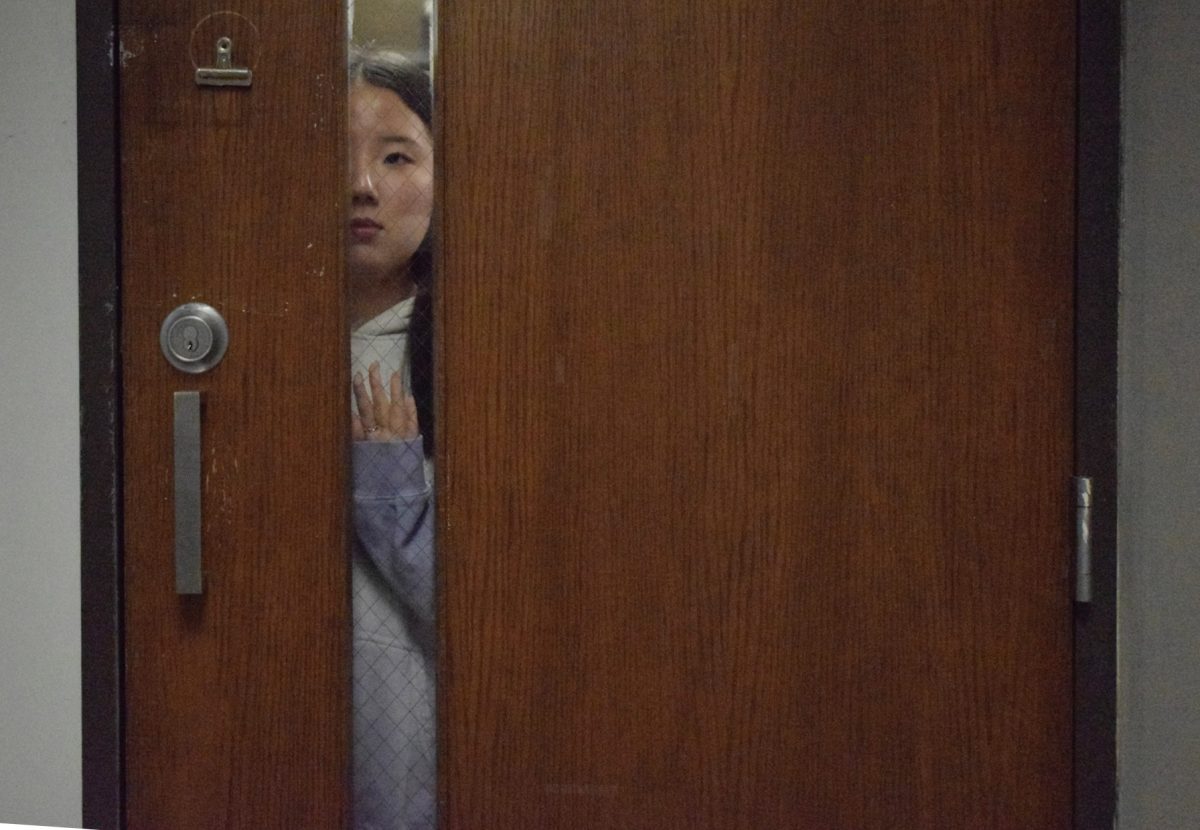


![Some of the most deadly instances of gun violence have occurred in schools, communities and other ‘safe spaces’ for students. These uncontrolled settings give way to the need for gun regulation, including background and mental health checks. “Gun control comes about with more laws, but there are a lot of guns out there that people could obtain illegally. What is a solution that would get the illegal guns off the street? We have yet to find [one],” social studies teacher Nancy Sachtlaben said.](https://pwestpathfinder.com/wp-content/uploads/2025/01/DSC_5122-1200x800.jpg)

![After a thrilling point, senior Katie Byergo and junior Elle Lanferseick high-five each other on Oct. 8. With teamwork and camaraderie, Byergo worked together in the game against Lafayette High School. “[Byergo’s] is really positive with a good spirit,” Lanferseick said. “I set her [the ball] and she hits it [or] gets the kill.”](https://pwestpathfinder.com/wp-content/uploads/2025/10/DSC_9349-1-e1761159125735-1200x791.jpg)
![Focused on providing exceptional service, sophomore Darsh Mahapatra carefully cleans the door of a customer’s car. Mahapatra has always believed his customers deserve nothing less than the best. “[If] they’re trusting us with their car and our service, then I am convinced that they deserve our 100 percent effort and beyond,” Mahapatra said.](https://pwestpathfinder.com/wp-content/uploads/2025/10/DSC_0018-1200x800.jpg)
![Sophomore Aleix Pi de Cabanyes Navarro (left) finishes up a soccer game while junior Ava Muench (right) warms up for cross country practice. The two came to Parkway West High School as exchange students for the 2025-2026 school year. “The goal for the [exchange] program is to provide opportunities for both Parkway students and our international exchange students to learn about other cultures, build connections and become confident, capable, curious and caring — Parkway’s Four C’s — in the process,” Exchange Program Lead Lauren Farrelly said.](https://pwestpathfinder.com/wp-content/uploads/2025/10/Feature-Photo-1200x800.png)
![Gazing across the stage, sophomore Alexis Monteleone performs in the school theater. The Monteleone family’s band “Monte and the Machine” has been releasing music since 2012, but Alexis started her own solo career in 2024 with the release of her first single, Crying Skies. “My whole family is very musical, [and I especially] love writing [songs with them],” Monteleone said.](https://pwestpathfinder.com/wp-content/uploads/2025/09/DSC7463-1200x798.jpg)

![Leaping through the air, senior Tyler Watts celebrates his first goal of the season, which put the Longhorns up 1-0 against the Lafayette Lancers. Watts decided to play soccer for West for his last year of high school and secured a spot on the varsity roster. “[Playing soccer for West] is something I had always dreamed of, but hadn’t really had a good opportunity to do until now. It’s [really] fun being out [on the field], and I’m glad I decided to join the team. It’s just all about having fun with the boys and enjoying what time we have left together,” Watts said.](https://pwestpathfinder.com/wp-content/uploads/2025/09/DSC_1951-1200x855.jpg)

![Pitching the ball on Apr. 14, senior Henry Wild and his team play against Belleville East. Wild was named scholar athlete of the year by St. Louis Post-Dispatch after maintaining a high cumulative GPA and staying involved with athletics for all of high school. “It’s an amazing honor. I feel very blessed to have the opportunity to represent my school [and] what [it] stands for,” Wild said.](https://pwestpathfinder.com/wp-content/uploads/2025/05/unnamed-6-1200x714.jpg)
![Freezing in their position, the Addams Family cast hits the “rigor mortis” pose after cast member and senior Jack Mullen, in character as Gomez Addams, calls out the stiff death move. For the past four months, the combined company of cast members, orchestra pit, crew and directors all worked to create the familial chemistry of the show. “I’m excited for [the audience] to see the numbers, the music, the scenes, but I also just love all the technical aspects of it. The whole spectacle, the costumes, makeup and the people that put in the work backstage in order to make the show successful on stage. I’m excited for people to see and appreciate that,” Mullen said.](https://pwestpathfinder.com/wp-content/uploads/2025/03/DSC0116-1200x800.jpg)
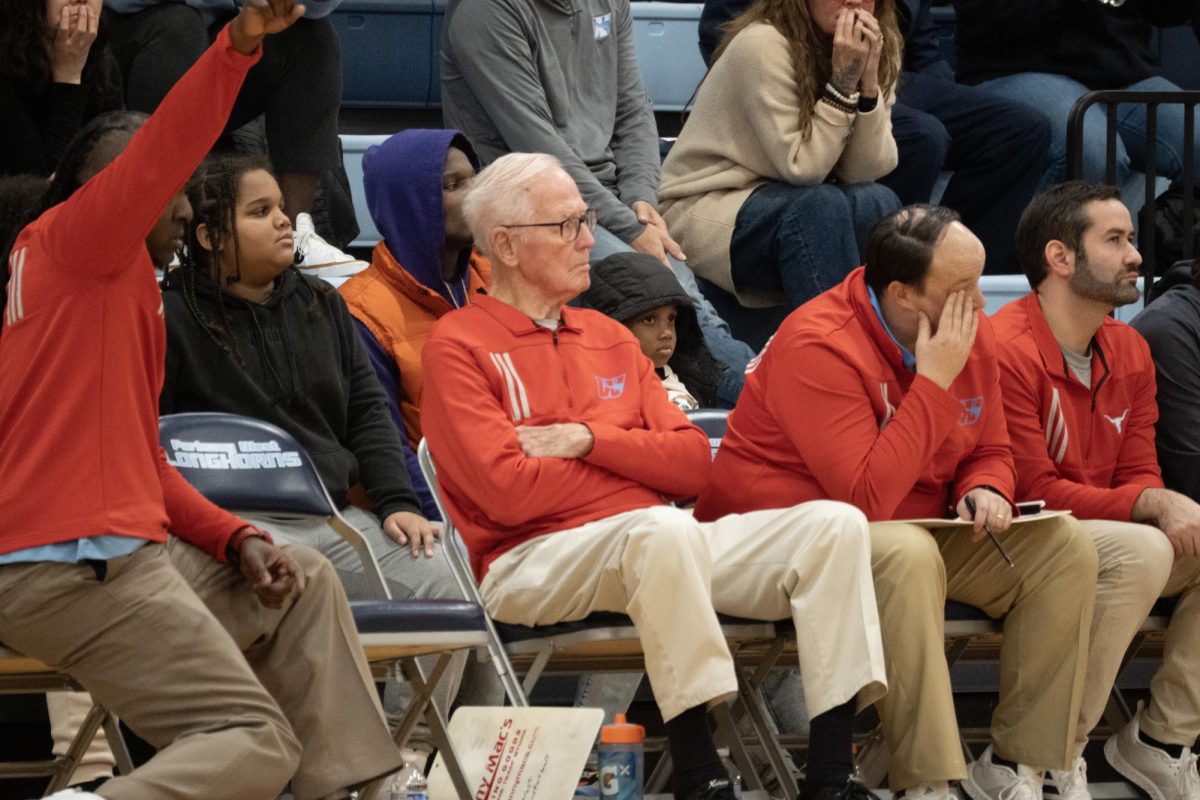

Will Gonsior • Jan 6, 2023 at 3:59 pm
Looking only at the financial math shows us that the real issue is that we are making secondary education a financial issue. More education and more opportunity is good, but not affordable for everybody. We need to focus on making it more so, in the same vein perhaps as Germany.
Trade school as a solution may just widen the societal rift between cisgender men and everybody else, because that demographic is usually the one that chooses it. The last time that one gender dominated college graduation, it wasn’t a good thing for society. With women now earning 14% more degrees than men, per Brookings, when (if ever) do we focus on closing the gap?